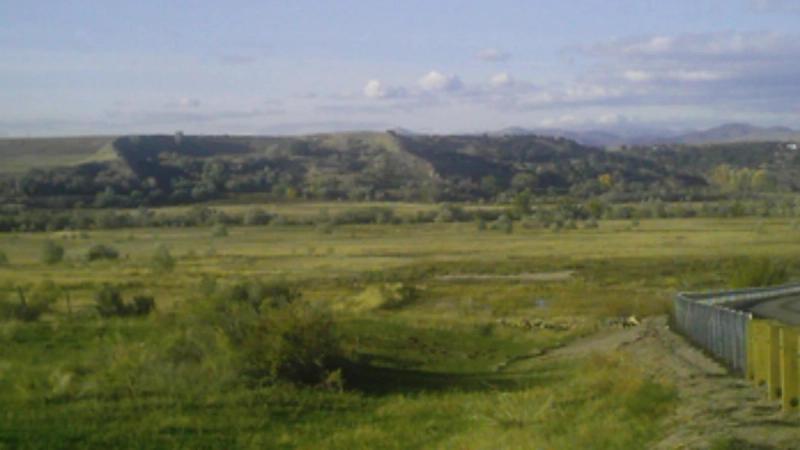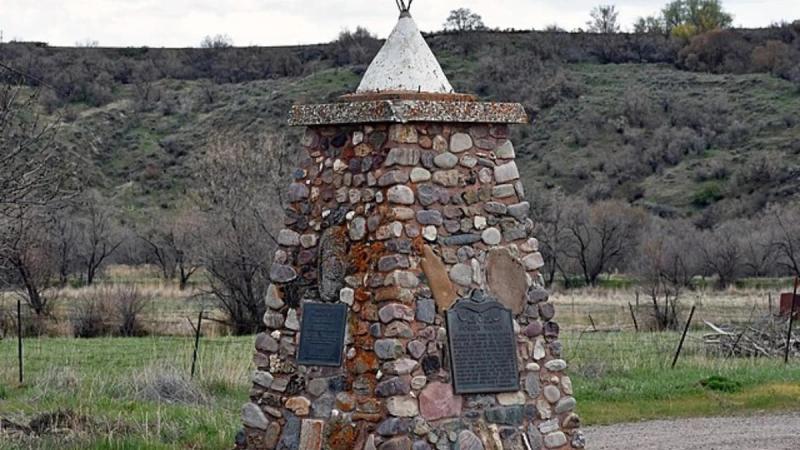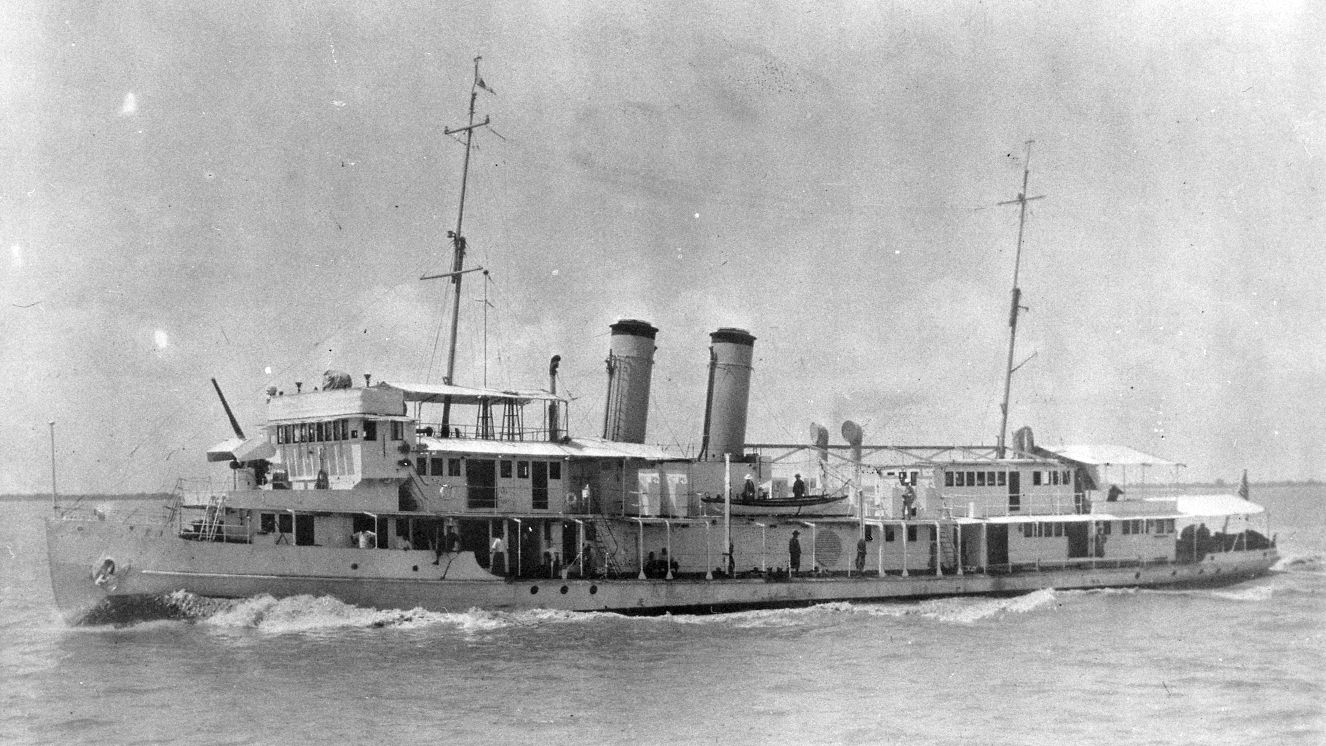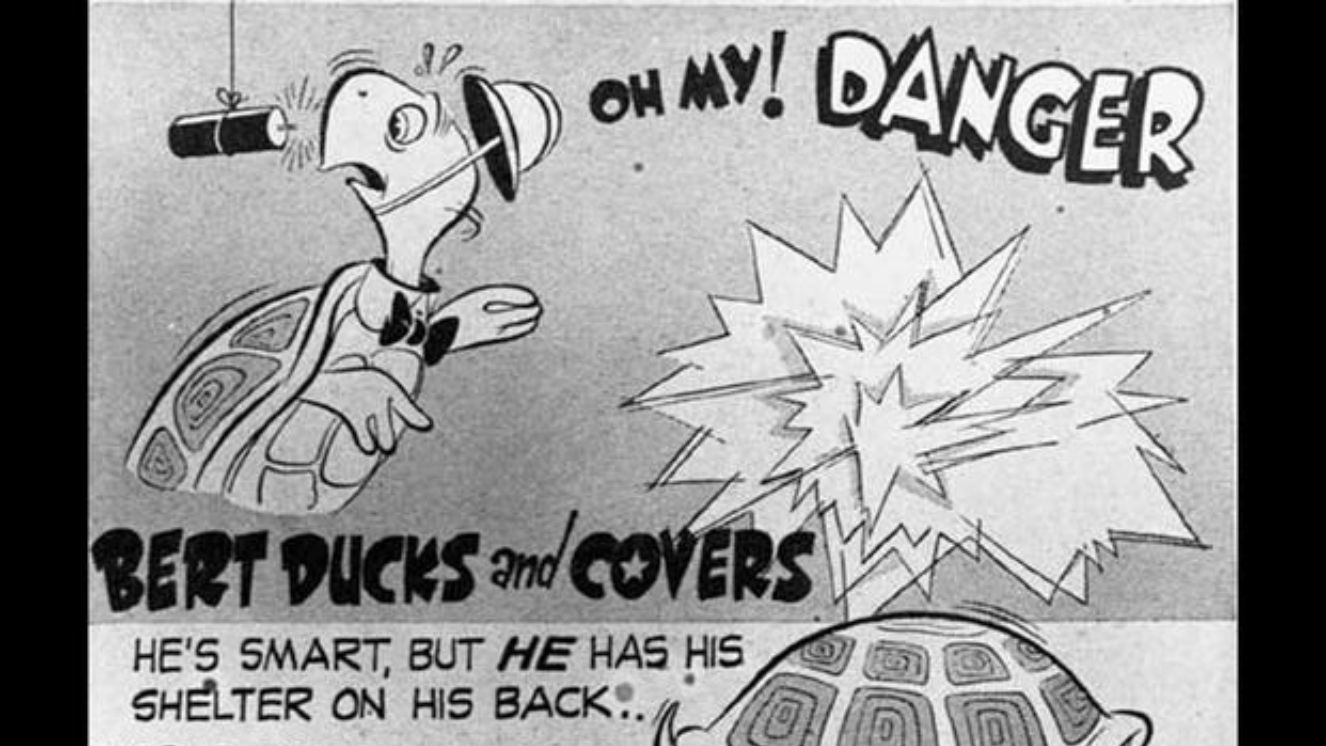BEAR RIVER MASSACRE: 1863'S DEADLIEST NATIVE AMERICAN TRAGEDY

The Bear River Massacre is now mostly forgotten by the general public despite being one of the worst periods in American history. One of the bloodiest attacks on Native Americans, this horrific event occurred in 1863 during the height of the Civil War and claimed hundreds of Shoshone lives.
Honoring those who perished and making sure their narrative is not forgotten are two reasons why this massacre should be remembered. Recognizing incidents like this promotes a better understanding of the challenges that the Native communities have faced throughout history and allows this country to draw lessons from the past.

Causes of the 1863 Bear River Massacre
Since ancient times, the Northwestern Shoshone Native Americans have resided in the area around Bear River in present-day Idaho. The Shoshone were able to survive on the territory near their river by hunting and fishing in the summer and sheltering in the ravines of the river during the hard winter.
The Shoshone did not first interact with Europeans until the early nineteenth century when fur trappers gave the region the nickname "Cache Valley." The interactions between the natives and colonizers were initially good but cautious, following a scenario that had already happened many times throughout America. However, the relationship between the two groups deteriorated and eventually turned violent in the 1840s and 1850s.
The white settlers, drawn by the promise of land and gold, started to intrude into Shoshone territory in earnest. The Mormons, under the leadership of Brigham Young, also established their own claims to the land and moved close to the Shoshone during this time. Despite Young's encouragement of a peace treaty with the Shoshone, the influx of people and the severe winters in Idaho quickly caused food shortages in the area. This resulted in escalating tensions between the two groups.
When Shoshone Chief Bear Hunter decided it was time to retaliate against the whites in 1862, he started attacking groups of miners and raiding cow herds. Residents of Salt Lake City pleaded with the U.S. government for assistance as the Shoshone and whites continued to engage in conflicts. In response, Colonel Patrick Connor was ordered to settle the brewing conflict.
There were apparently some indications of the impending massacre as the soldiers advanced on the Shoshone's winter camp. A story was told that a Shoshone leader dreamed of their people being killed by “pony soldiers,” but the chief of their tribe believed that the peace treaty would work. Sadly, this was not the case, and they were attacked by American soldiers.
After the slaughter ended, some of the undisciplined soldiers even proceeded to rape women and use axes to bash their heads, including children who were already dying of wounds. The forces took 175 Shoshoni horses, reclaimed 1,000 bushels of wheat and flour, and set fire to 75 Indian lodges. The bodies of the Shoshones were left on the field for the wolves and birds to eat while the injured American soldiers were treated, and the dead were buried in Camp Douglas.

Historical Significance of the Bear River Massacre 1863
According to modern historians, the Bear River Massacre was one of the worst encounters between Native Americans and the American forces. However, this terrible distinction remains controversial due to inadequate statistics on casualties. Estimates of the number of Shoshone killed in the Bear River Massacre vary from 250 to over 400 (with perhaps 24 Americans also killed).
Even at the lower end of the range, the number of people slain at Bear River is greater than the number thought to have died at events like the Wounded Knee Massacre (150–300 in 1890), the Marias Massacre (173-217 in 1870), and the Sand Creek Massacre (230 in 1864). The Bear River Massacre is still mostly unknown today, despite the fact that it may, in fact, be the deadliest Native American massacre committed by American soldiers in history.
This forgotten tragedy took place during the Civil War when Americans were more focused on the brutal conflicts between Union and Confederate forces in the east than they were on the far-off west. Only a handful of newspapers in California and Utah at the time actually covered the atrocity, which is why there is no accurate data that could determine the exact amount of death.
It wasn't until 1990 that the region was designated as a historic landmark by the National Park Service. The area was acquired by the Shoshone Nation in 2008, and a modest stone memorial now marks the Bear River Massacre.
Read next:
- Hanoi Hilton: Infamous POW Camp in Vietnam Taken Out By a Brilliantly “Stupid” Sailor
- Wounded Knee Ended the American Indian Wars But Not the Conflict
- Navajo Code Talkers Day: The Native American Heroes
Sources:
BY ALLISON KIRSCHBAUM
Veteran, Military History & Culture Writer at VeteranLife
Navy Veteran
Allison Kirschbaum is a Navy Veteran and an experienced historian. She has seven years of experience creating compelling digital content across diverse industries, including Military, Defense, History, SaaS, MarTech, FinTech, financial services, insurance, and manufacturing. She brings this expertis...
Credentials
Expertise
Allison Kirschbaum is a Navy Veteran and an experienced historian. She has seven years of experience creating compelling digital content across diverse industries, including Military, Defense, History, SaaS, MarTech, FinTech, financial services, insurance, and manufacturing. She brings this expertis...



